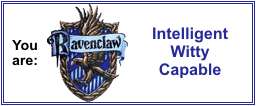 Theft of the Master
Theft of the MasterBy Edwin Alexander
Garev Publishing
February 2008
Author Website
Most of my regular readers will know that I love art history. And I might have mentioned that I am fascinated with stories of the numerous art pieces that were stolen and hidden by the Nazi's during World War two. So that is why I chose to read this novel.
This novel opens in Poland in 1493 where German born Veit Stoss works as a sculptor. He made sculptures amd altars for the church. The novel begins when he is commissioned to make a sculpture of Christ sitting down and preaching as it says in John chapter 8v2. This sculpture was later installed in the Church of the Holy Ghost, in Tallinn, Estonia.
The novel then moves to the recent past - 1992. In Half Moon Bay (on the west side of the peninsula, across from San Mateo in Califonia) a young student arranges a party with her godfather for the July 4th celebrations. During the party the young woman, Megan, disappears. Her body is later found in the surf. The authorities call it a tragic drowning, but Megan's parents refuse to accept the accidental drowning verdict. So they hire a private detective (Al Hershey) to investigate.
The rest of the novel follows Al around the world searching for Megan's killer. And yes, Megan's murder is connected to the sculpture in Tallin that was stolen by the Nazis during World War 2. I started reading this book at 9pm. I could not put it down, and stayed up past 1 o'clock to finish it. An excellent novel.

















